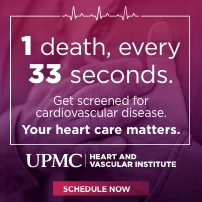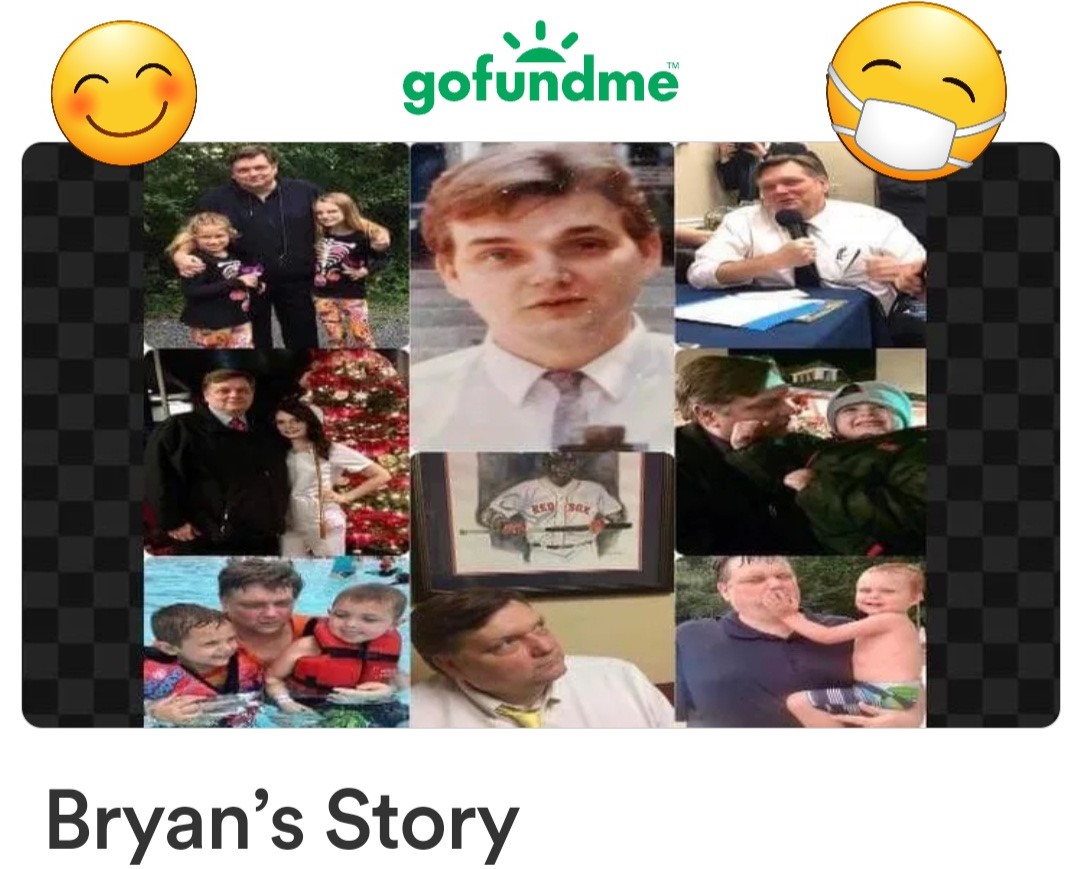September 15th, 2015 by WCBC Radio
Beginning this school year, all incoming freshmen will be required to learn hands-only CPR as well as how to use an automated external defibrillator (AED) as a new graduation requirement in all Maryland schools.
The requirement is the result of the April 2014 Breanna’s Law, which was named after a Maryland high school student whose life was saved by the use of CPR during a field hockey match.
According to the American Heart Association (AHA), 70% of Americans feel that if they witnessed a cardiac emergency, they would not act on it because they either feel that they do not know how to help or that they would hurt the victim. Most people who experience cardiac arrest at home, work or in a public location die because they don't receive immediate CPR from someone on the scene. However, hands-only CPR can dramatically increase, by nearly double, the chance of survival for a cardiac arrest victim.
Breanna’s Law states that school districts can decide what class CPR will be taught in and how to add it to the curriculum, as long as the training is based on a program from a nationally recognized company and follows the most current guidelines. Additionally, the school districts will decide whether students will get CPR certification in addition to the instruction.
In ACPS, hands-only CPR will be taught in health classes as part of the safety and injury prevention unit. Teachers are using the American Heart Association resources and guidance to ensure consistency and uniformity across the county. Health teachers have already received the Heartsaver CPR/AED American Heart Association Course, and the AHA has verified lesson plans.
Hands-only CPR is taught using the mantra that there are two basic steps to staying alive: 1) Call 911 and 2) Push hard and fast in the center of the chest at a rate of 100 compressions per minute. According to the AHA, in hands-only CPR, students will learn that when they see someone collapse or the person is discovered and is unresponsive, they should immediately call 911. Then, they should push their hands onto the chest of the victim and do compressions to the beat of the 1977 song “Staying Alive” by the Bee Gees.
The AHA is working to make CPR education more accessible and easier to understand. By learning it at a young age, students’ chances of saving a life increase significantly. ACPS faculty and staff feel that this is a valuable skill for students to have, but hopefully one they will never have to use.
According to ACPS Superintendent of Schools, Dr. David Cox, “Teaching all kids the valuable skills of administering Hand-Only CPR and how to use an AED will save lives. Too many times persons in cardiac arrest have died because those around them just simply did not know what to do other than call 911.”






.jpg)













